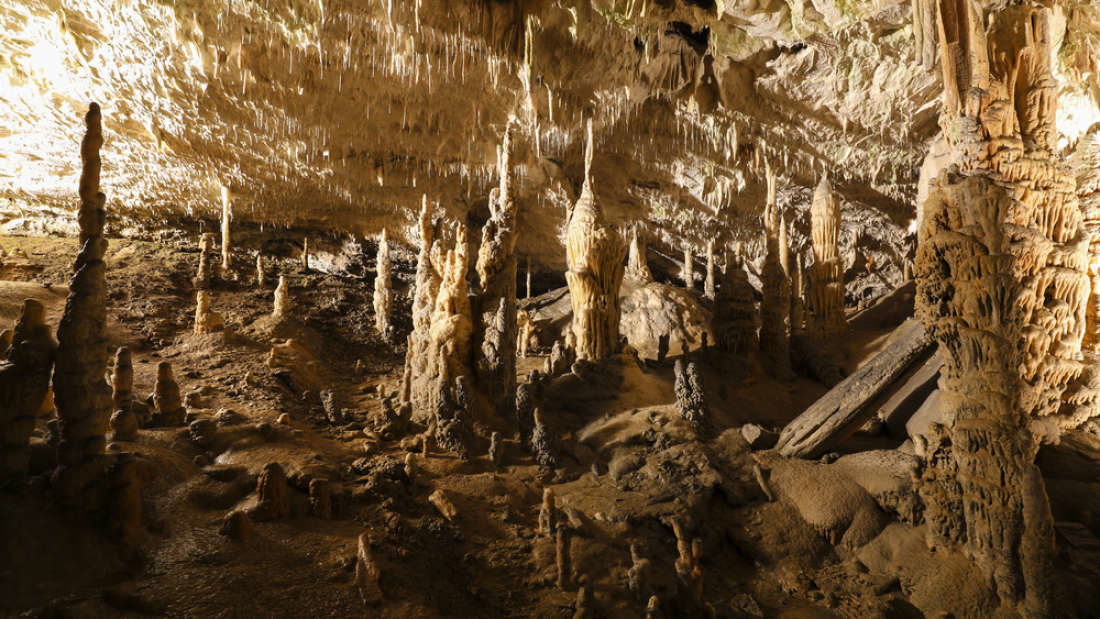
© Fredy Thuerig/ShutterstockStalagmites are upward-growing mounds of mineral deposits that have built up due to water dripping onto the floor of a cave, and they reveal quite the history of a land.
Around 4,200 years ago Mesopotamia's first empire, the Akkadian fell, coinciding with major transformations in Egypt and the Indus Valley, the two other great civilizations of the time. A study of stalagmites in Iran suggests a widespread climatic event may have been responsible for all three.
Civilizations rise and fall for many reasons, and the causes of the Akkadian Empire's demise remain controversial. The coincidence of timing with far away events has led some historians to propose a climatic cause. The nature, and even existence, of this event has been unclear, however, coming as it did in the middle of the
Holocene era of largely stable temperatures, with no known upsurge in volcanic activity or change in solar output.
However, when a team led by The University of Oxford's
Dr Stacy Carolin studied a stalagmite from Gol-e-Zard Cave in Iran's Alborz Mountains formed between 5,200 and 3,700 years ago they saw something certainly happened around the relevant time. The team report in the
Proceedings of the National Academy of Sciences there were
sharp spikes in the amount of magnesium relative to calcium 4,510 and 4,260 years ago, coinciding with slower growth and changes in the stone's oxygen isotopes. These changes lasted 110 and 290 years, respectively before the stalagmite composition returned to previous levels.
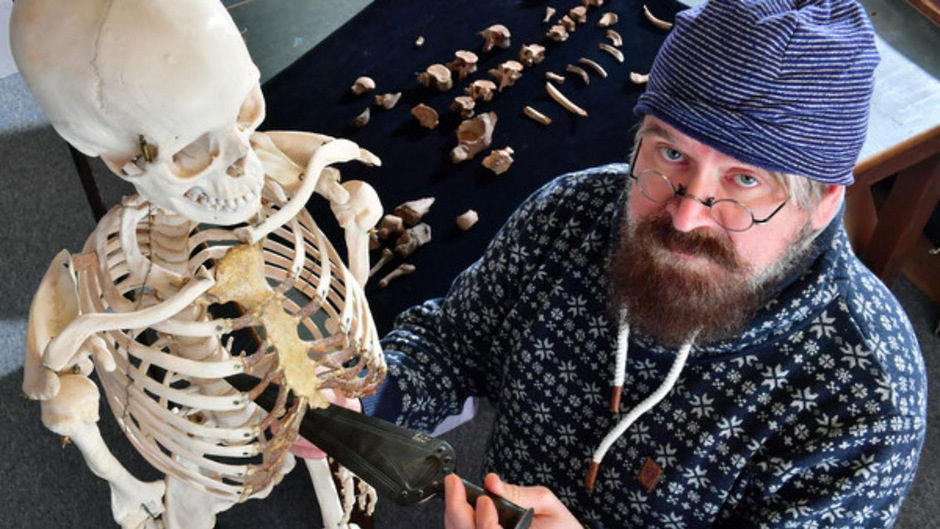

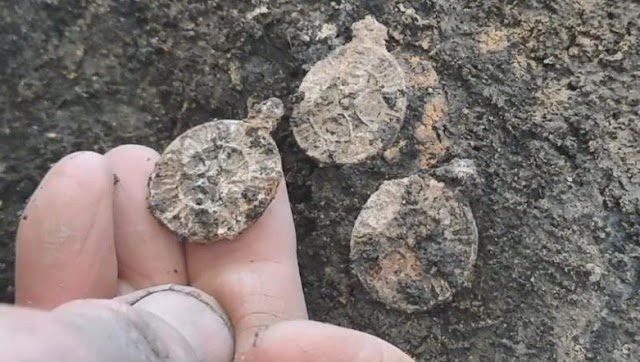
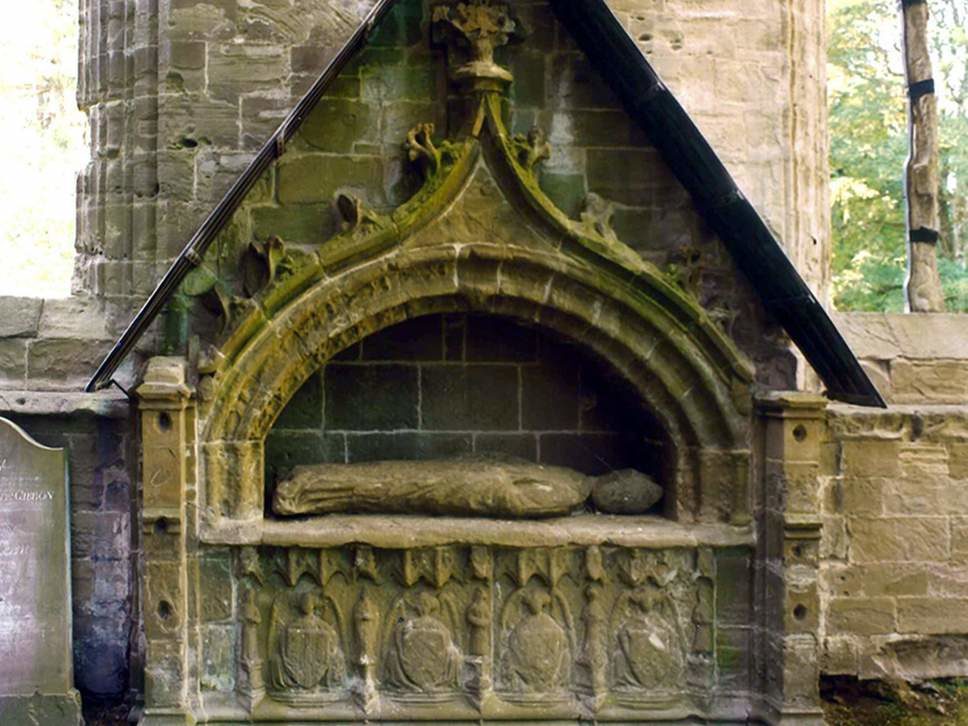


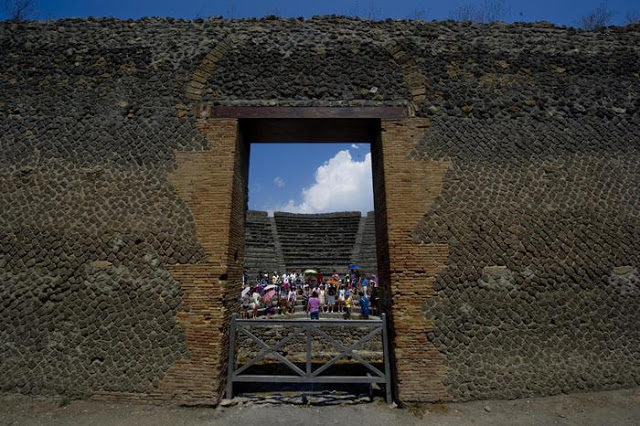
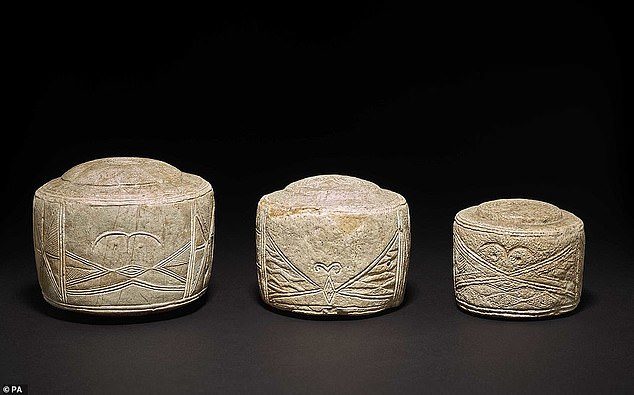





Comment: See also: